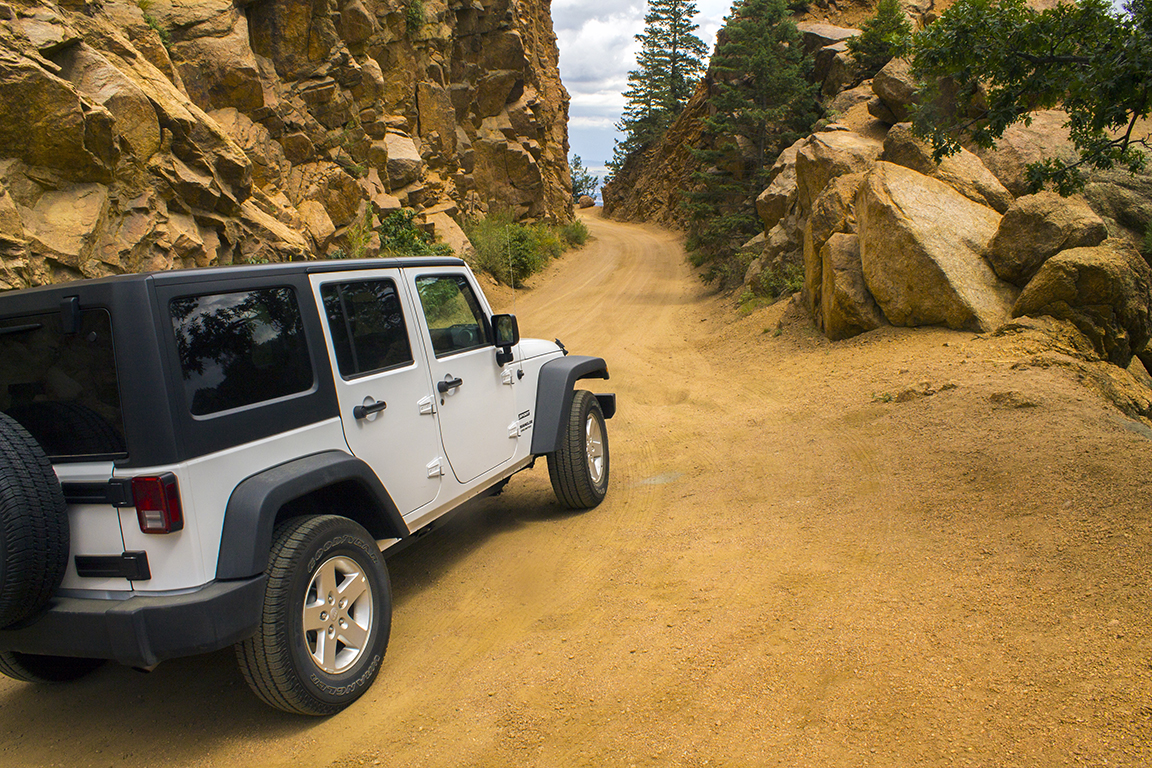Do you believe that every person ought to be able to eat healthy food, drink clean water, sleep in a warm bed under a warm roof, have access to electricity, learn, work, be treated equally regardless of gender or orientation or ethnicity or religion, be free from oppression or slavery, be fairly treated by the law, and have the right to be safe?
Because that is not the case now. Most people do not have one or more of those things.
If you were creating a community from scratch, would you limit access to freedom, equality, well-being, education, health, nutrition, or meaningful work from some people — say, women, children, people who live on one side of town, people of a different persuasion to you, people who are intellectually disabled, or people who work minimum-wage jobs? Would you concentrate wealth, resources, and happiness with a small portion of society? Is it okay that we ignore our fundamental humanity over the utility one human can afford us over another?
Because that is the society we live in. It's the society we have created. We value people unequally. We rank their worth to society — and consequently what rewards we bequeath upon them — based on their perceived skilfulness, wealth, pedigree, job, extroversion, attractiveness, appearance, experience, pace, success, and or privilege. We value people differently — justifying inequality.
“The idea that some lives matter less is the root of all that is wrong with the world.”
This is systemic deprivation. The world has enough resources for us to all eat, drink, sleep, live, and work — yet most of us struggle for one or more of these things that are universally considered ‘basic human rights’. We have created a world of deprivation.
We have relied on economic growth to act as a rising tide, benefiting all. However, if that tide is unequally distributed to begin with, any rise will unequally distribute it’s benefits: inundating the already wealthy while leaving the rest high and dry. This is a myth we have perpetuated from the dawn of civilisation through the Middle Ages and the industrial and information revolutions. Some argue we are more unequal now than ever before (while just as many others argue we are far more equal!). Brexit, Trump, ISIS, the French and American Revolutions — and war — are all products of this state of economic disparity.
The notions of nation, democracy, economy, market, currency, productivity, growth, consumption, pace, profit, income, tax, worth, work, and distribution — are not delivering wealth, resources, universal access to basic human rights, or happiness to most of our fellow humans.
Prioritising economic rights over human rights means trading off equality, nourishment, education, sanitation, health, and energy — in favour of the right to consume, grow, accumulate, and earn. That prioritisation has subtly but persistently skewed in favour of the wealthy.
Economic growth, which prioritises economic rights ahead of human rights, has not created the sort of world where we can all live happily, pleasantly, together. Neo-liberal macroeconomics, predicated on the belief that people act out of self-interest and that in aggregate, self-interest informs and drives market and government decision-making for the benefit of all — has not worked.
So what must occur in order to rebalance? To have compassion towards one another? For our world to value every life equally?
“All human rights are universal, indivisible and interdependent and related. The international community must treat human rights globally in a fair and equal manner, on the same footing, and with the same emphasis.”
We must stop and remind ourselves of what we have universally acknowledged as basic, fundamental, inalienable human rights — and we must declare their primacy — that these human rights must be met before economic rights.
We must experiment, reinventing our interdependent systems of representation and governance, of funding and measuring, of work and income, of ownership and stewardship, of exchange and distribution, of consumption and sustainability — with inalienable human rights as a non-negotiable foundation.
Known for our innovators, pioneering welfare system, clean-greeness, nimbleness, and relative prosperity — New Zealand has a unique opportunity to prototype this new world.
If you’re interested in this new world, let me know. Let’s do something together.














